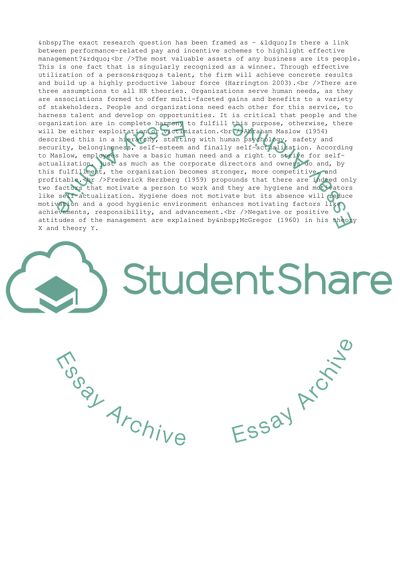Cite this document
(Links between Incentives and Performance Research Proposal, n.d.)
Links between Incentives and Performance Research Proposal. https://studentshare.org/management/1711388-is-there-a-link-between-performance-related-pay-and-incentive-schemes-to-highlight-effective-management
Links between Incentives and Performance Research Proposal. https://studentshare.org/management/1711388-is-there-a-link-between-performance-related-pay-and-incentive-schemes-to-highlight-effective-management
(Links Between Incentives and Performance Research Proposal)
Links Between Incentives and Performance Research Proposal. https://studentshare.org/management/1711388-is-there-a-link-between-performance-related-pay-and-incentive-schemes-to-highlight-effective-management.
Links Between Incentives and Performance Research Proposal. https://studentshare.org/management/1711388-is-there-a-link-between-performance-related-pay-and-incentive-schemes-to-highlight-effective-management.
“Links Between Incentives and Performance Research Proposal”. https://studentshare.org/management/1711388-is-there-a-link-between-performance-related-pay-and-incentive-schemes-to-highlight-effective-management.


